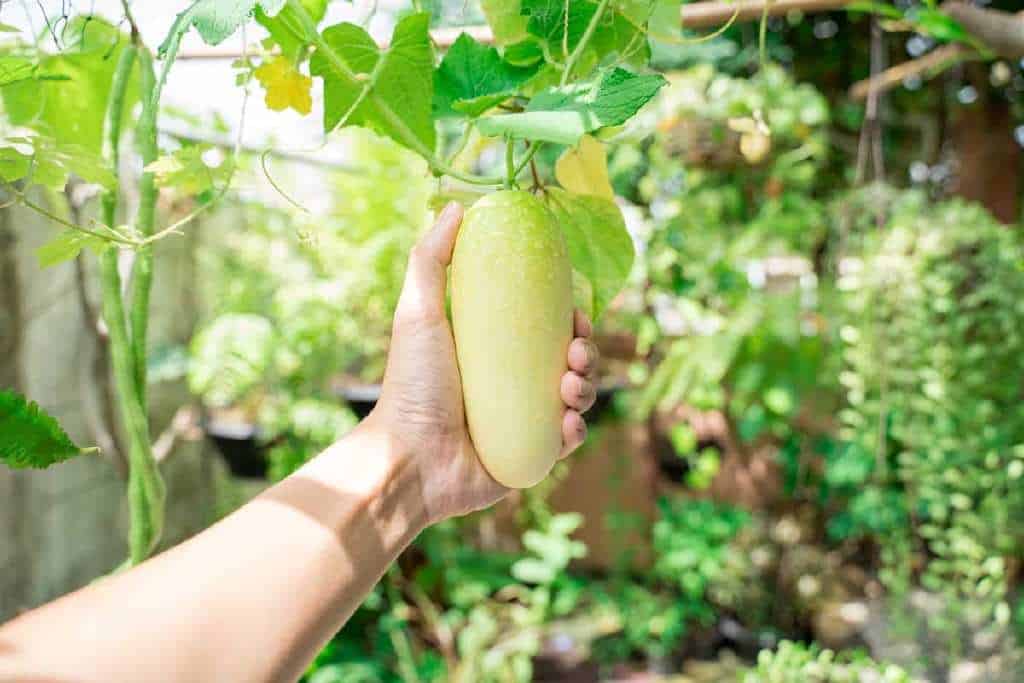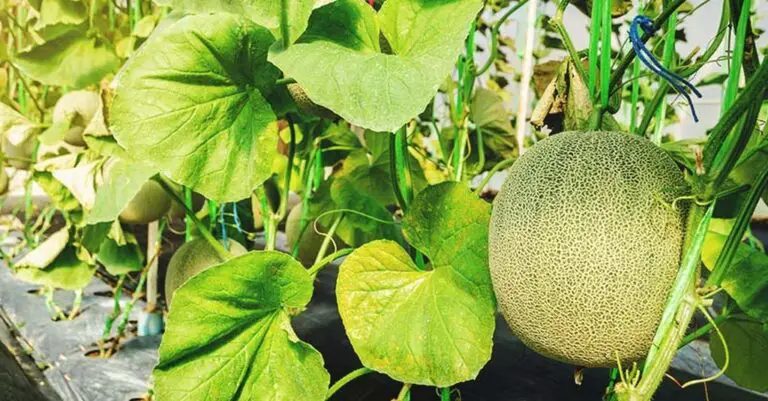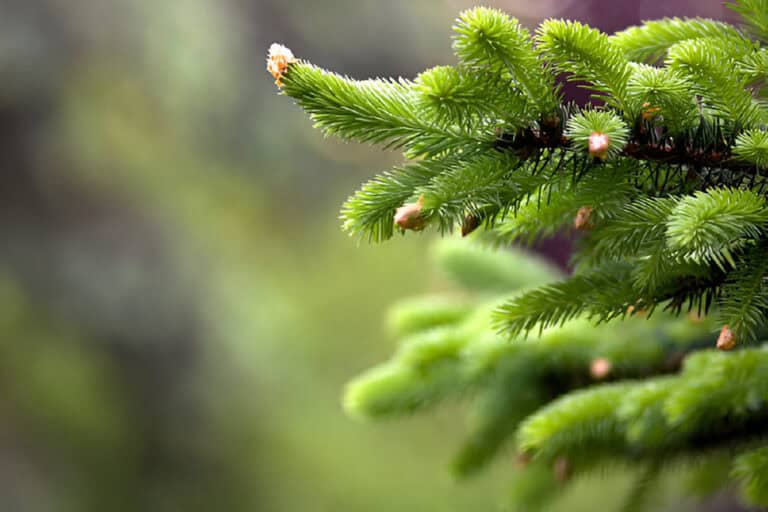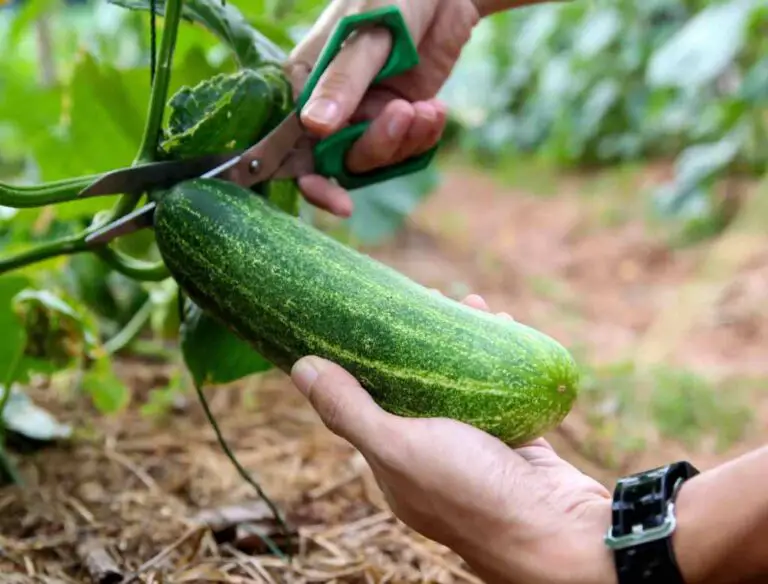Why Cucumber Turns White Inside and Outside: Cucumber Whitening Woes

Are you curious to find out why cucumbers turn white both inside and outside? If so, this article is the perfect place to start.
There are several types of white cucumbers available. But any time a plant changes to a color that is not consistent with its normal, healthy state, there is a problem. With cucumber fruit and leaves turning white, that is unquestionably the case.
Here, we explain why cucumbers don’t stay white and give some ideas for how to fix this common problem. The need to understand why cucumbers turn white is crucial for ensuring successful harvests.
By reading this article, you will learn more about this problem and find out how to help stop it from happening again.
Causes of Cucumber Turning White Inside
1. Lack of nutrients (calcium)
Cucumbers require a proper balance of calcium to grow and develop normally. If the soil is lacking in calcium or the plants are not able to absorb it properly, the cucumbers may develop a disorder called blossom-end rot. This disorder causes the flesh of the cucumber to turn white and become mushy.
2. Bacterial or fungal infections
Certain bacteria and fungi can cause the flesh of cucumbers to turn white. This can happen as a result of a variety of factors, including poor sanitation, high humidity, and high temperatures. Some examples of bacterial infections include bacterial wilt and cucumber mosaic virus.
3. Genetic issues
Some cucumber varieties are more susceptible to turning white than others. For example, some varieties may be more likely to get blossom-end rot, which can turn the flesh white.
4. Environmental factors
Temperature fluctuations, drought, or other environmental stressors can cause the cucumbers to turn white inside.
Causes of Cucumber Turning White Outside
1. Sunscald
Sunscald can happen when cucumbers are exposed to too much direct sunlight, causing the skin to turn white or yellow. This can happen when the plants are overcrowded or when the leaves are not providing enough shade for the cucumbers.
2. Powdery mildew
Powdery mildew is a fungal disease that causes a white, powdery coating on the leaves and fruits of cucumber plants. This disease has the potential to weaken plants and make them more susceptible to sunscald.
3. Insect damage
Certain insects, such as cucumber beetles, can cause damage to the cucumbers that can lead to discoloration and white spots on the skin.
4. Poor pollination
If the cucumbers don’t get enough pollination, they may get spots on their skin that are white or yellow. This can happen as a result of environmental factors, such as high temperatures or low humidity.
5. Excessive Moisture
White cucumbers can also be a symptom of excessive moisture. A soil’s nutrients are removed by water. If the cucumbers don’t get enough important nutrients, they will turn pale yellow or white.
6. Root Disease
Through their roots, plants take up moisture and nutrients from the soil. Therefore, their health is also impacted if something is wrong with their roots.
If cucumber fruits turn white, it could be because the plant isn’t getting enough nutrients to grow well. Overwatering may have caused root rot, or there may have been a transplantation-related injury.
If there is a problem with the roots, it will show up first in the fruit. Long-term root problems will eventually start to manifest in the leaves as well.
How to Prevent Cucumber Turning White
- Proper fertilization and soil management
Make sure that the cucumber plants are getting enough calcium and other nutrients. This can be done by adding lime or gypsum to the soil or by using a calcium-rich fertilizer. Keeping the soil at the right pH level and making sure it drains well can also help keep cucumbers from turning white on the inside.
- Proper irrigation
Cucumbers require consistent and adequate moisture to grow properly. Overwatering or underwatering can both cause problems, including blossom-end rot. You can use a soil moisture meter to check if the soil is too dry or too wet, and adjust your watering schedule accordingly.
- Disease and pest control
Check your plants for signs of disease or pests on a regular basis to stop and get rid of white cucumbers. Common pests that attack cucumbers are aphids, cucumber beetles, and whiteflies, and powdery mildew, downy mildew, and other fungal diseases are common diseases that attack cucumbers.
If you see signs of disease or pests, you should act right away to stop them from spreading. Pests can be stopped by using organic pesticides, neem oil, or soap that kills insects. Diseases can be stopped by using fungicides.
- Proper harvest and storage methods
Properly harvesting and storing cucumbers is also important to prevent them from turning white. Cucumbers should be harvested when they are fully ripe, not overripe. Overripe cucumbers are more likely to develop white spots or discolorations. Once they are harvested, they should be stored in a cool, dry place to help maintain their quality. Avoid storing them in direct sunlight or in a damp area.
- Proper cultivation
Growing cucumbers in the right conditions can help prevent them from turning white. This means choosing a variety that grows well in your area, giving the plants the right support and trellising, and planting them in a spot that gets enough sunlight.
- Proper timing
The timing of planting and harvest can also play a role in preventing cucumbers from turning white. For example, if you plant too early or too late in the season, the cucumbers may not develop properly and can turn white. Additionally, if you harvest too early or too late, the cucumbers may not be fully ripe and can turn white.
- Rotation of crops
Rotating the crops in the garden can also help prevent cucumbers from turning white. By rotating the cucumber plants with other crops, you can reduce the chance of disease and pest buildup, which can lead to cucumbers turning white.
Effects of Whitening: Taste, Texture
When cucumbers are whitened, it can have a big effect on the way they taste and feel.
When cucumbers turn white inside, it means that the flesh of the cucumber is discolored and has a bland or bitter taste. This is caused by a lack of calcium or other nutrients, or by bacterial or fungal infections. The whitening can happen in the entire cucumber or just in certain areas. The texture of the cucumber may also become mushy and unappealing.
When cucumbers turn white outside, it means that the skin of the cucumber is discolored, usually in a white or yellowish color. Sunscald or powdery mildew can cause this. The texture of the skin may also become rough and unappealing.
In both cases, the cucumber may be unappetizing and not desirable to eat. The cucumbers may also be less valuable as they will not look good and won’t be as marketable. To keep the quality and taste of cucumbers, it is important to take the steps that are needed to keep them from turning white.
Is It Safe To Eat Turned White Cucumbers?
The first thing to consider when determining the safety of white cucumbers is whether they have been affected by a fungicide. If they have been treated with any chemicals or pesticides, it is best to avoid eating them.
Another factor to consider when determining the safety of white cucumbers is their appearance. If they appear slimy or moldy, they should be avoided. Additionally, if they have any discoloration or an off odor, they should be discarded. When in doubt, it’s best to throw them out.






